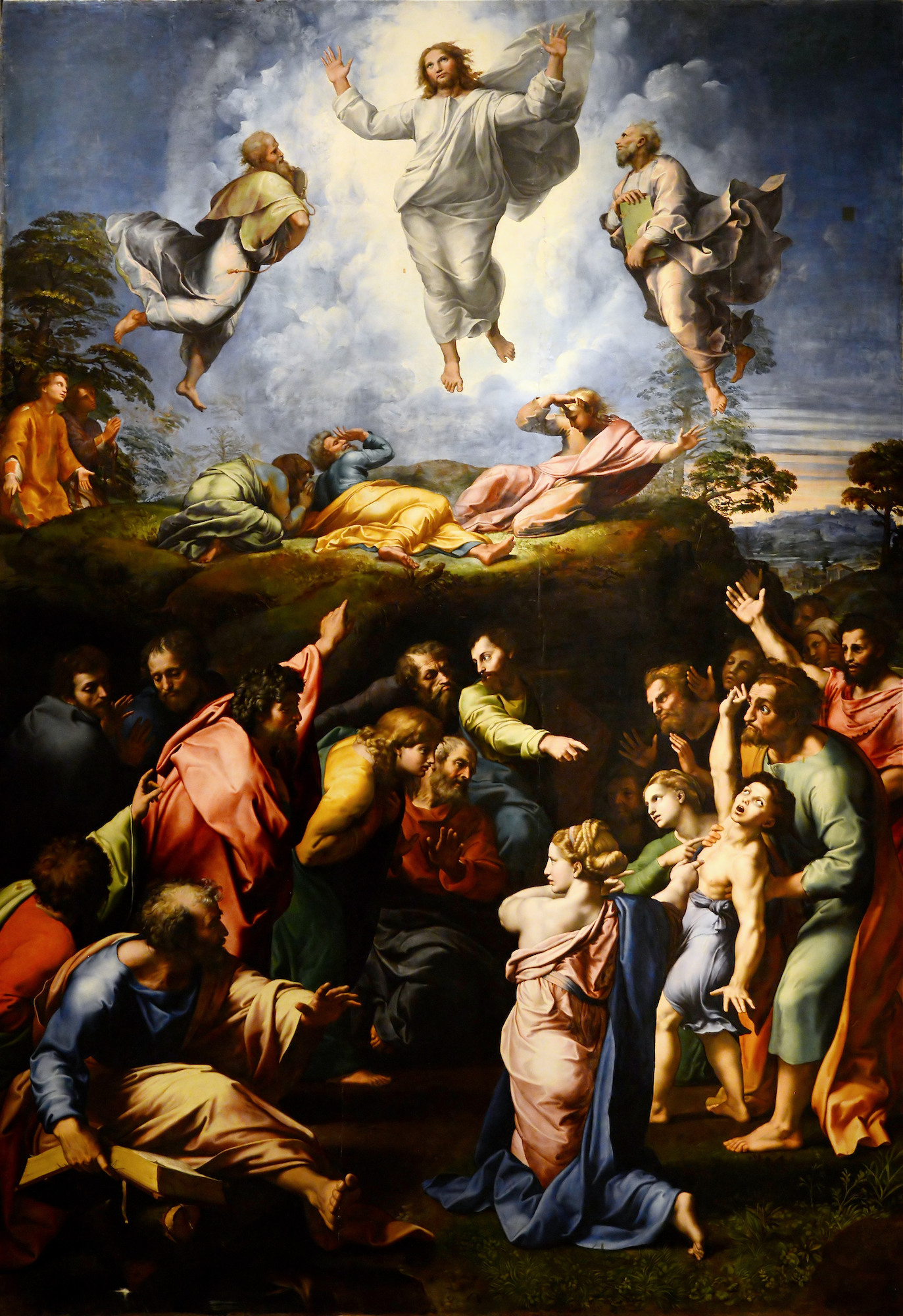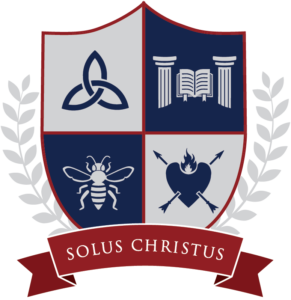
One of the most recent artists studied in the K-2 classroom is the Italian Renaissance painter Raphael. He is perhaps most widely known for his painting The School of Athens, and, along with Leonardo da Vinci and Michaelangelo, he was one of the great masters of the time. Thanks to biographer Giorgio Vasari, who was born during Raphael’s lifetime and worked under Michaelangelo, many details concerning Raphael’s upbringing and work have been preserved in a collection of biographies entitled The Lives of the Artists. Raphael was born and died on Good Friday, living from 1483-1520.
Raphael’s father Giovanni was not content to entrust his only child’s early education to just any “peasants and common folk with the rude and unrefined habits and beliefs,” but insisted that “he would be taught how to behave by his parents.” The love and care Raphael received from his parents, and especially his father who was a painter, produced a great artistic ability in Raphael. By the time he had his first apprenticeship under Pietro, a first-rate painter of the time, Raphael’s work demonstrated such talent that his paintings soon became impossible to distinguish from his master’s works. Vasari writes that “no one ever surpassed him in aptness, clarity, and skill.”
One particular painting that exemplifies Raphael’s talent is his depiction of Christ’s Transfiguration, commissioned in 1516 by of cardinal of the Medici family. This grand painting stands about thirteen feet high and nine feet wide and includes two scenes combined into one dramatic visual retelling. Raphael depicts Christ in the upper center part of the painting surrounded by a bright cloud and clothed in robes as white as the light with Moses and Elijah on either side. Peter, James, and John have collapsed to the ground at the top of high mountain, cowering and blinded by the intensity of the light, while Jesus’ eyes are lifted to heaven, as if hearing at that moment the words of his Father calling Him His beloved Son. In the second scene, occupying the lower portion of the painting, the boy possessed by a demon who is brought to Jesus immediately after His Transfiguration writhes in agony. The boy’s father is holding him upright, while the disciples gathered in the dark place below the mountain point up toward Jesus and down at the boy as if to say, “We cannot cure him, but look—there is the Son of God. He can heal the boy!” Raphael adds to his dramatic interpretation of these scenes through his contrast of light and dark tones in the two halves of the painting.
Vasari relates how Raphael employed “all his skill to demonstrate the power and the worth of his art in the face of Christ, for after Raphael finished this painting, which was the last thing he undertook, he never touched another brush and was overtaken by death.” This painting became a visual equivalent to the great artist’s last words, and when Raphael’s body lay dead in the hall where had been working, the painting was placed at his head for all to see. With Transfiguration Sunday coming up soon, you can enjoy this beautiful painting here.
In Christ,
Miss Engwall

